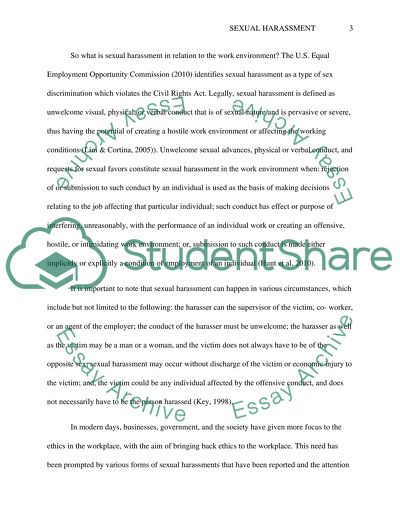Cite this document
(“Legal/Ethical Issue Research Paper Example | Topics and Well Written Essays - 2500 words”, n.d.)
Retrieved from https://studentshare.org/law/1396056-legal-ethical-issue
Retrieved from https://studentshare.org/law/1396056-legal-ethical-issue
(Legal/Ethical Issue Research Paper Example | Topics and Well Written Essays - 2500 Words)
https://studentshare.org/law/1396056-legal-ethical-issue.
https://studentshare.org/law/1396056-legal-ethical-issue.
“Legal/Ethical Issue Research Paper Example | Topics and Well Written Essays - 2500 Words”, n.d. https://studentshare.org/law/1396056-legal-ethical-issue.


